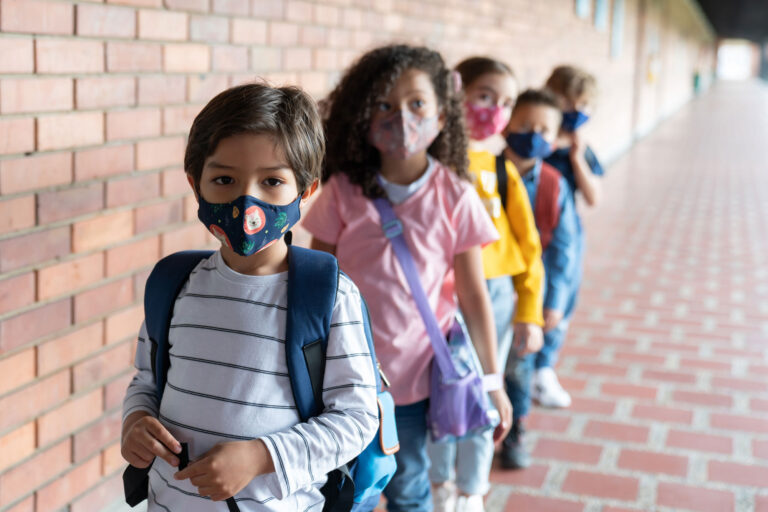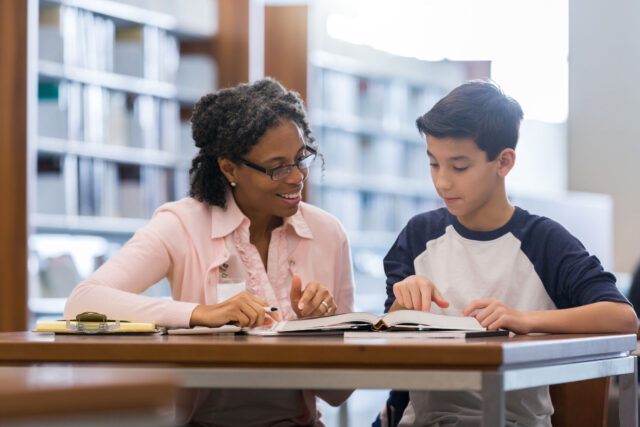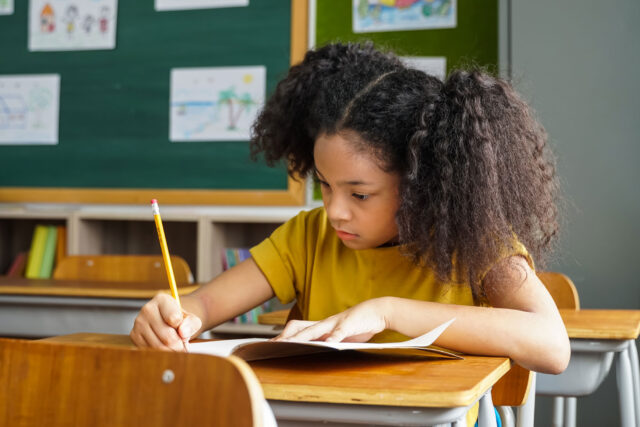Growing evidence shows that remote learning during the COVID-19 pandemic was a driving factor in widening achievement gaps for students across racial and socioeconomic lines. With billions in state and federal investments aimed at helping students recover from the pandemic, targeting these resources effectively will be vital. One important factor to consider is how long students were receiving distance or hybrid instruction. While nearly all California schools switched to remote learning in March 2020, longer periods of distance or hybrid instruction in some districts and parts of the state may have worsened educational inequities.
Most of California’s public school students spent the majority of the 2020–21 academic year fully online—longer than students in other states. As part of a broader effort to support K–12 schools, in March 2021 the California Legislature approved $2 billion for in-person instructional grants, which incentivized schools to return to in-person instruction by May 15, 2021. From March to May 2021, the share of districts that reopened to all grade levels increased from 28% to 51%.
However, the return to in-person instruction varied across the state. In March 2021, rural counties were the most likely to report “in person,” rather than remote or hybrid instruction, as their primary learning mode. In particular, only eight counties—including Trinity, Shasta, Modoc, and others in the far north and eastern Sierra—reported that 75% or more of their districts used in-person instruction as their primary mode.
By June 2021, sixteen counties had at least 75% of their districts reporting in-person instruction as their primary mode. However, school districts in big cities were more likely to remain primarily in hybrid or remote learning. For instance, San Francisco, Sacramento, and Los Angeles Counties each had less than 10% of their districts report in-person instruction as their primary mode in June 2021.
County differences closely track differences across districts. Consistent with national trends, large districts and urban districts were slow to reopen. On average, rural districts reopened to all grades in early February while urban districts reopened to all grades in early May. Districts with fewer than 5,000 students reopened to all grades in March while those with more than 5,000 students reopened in May. District staff we spoke to in two rural counties suggested that lower population density, ample outdoor space, and remote locations made it easier to reopen. Large districts tend to be in urban areas (e.g., San Francisco Bay Area and Los Angeles) that had more stringent public health orders.
District reopening dates also varied across student demographics. For example, the average district reopened to all grades on April 25, 2021. This was more than a week earlier than districts with high proportions of English Learners (May 4) and more than a month earlier than districts with high proportions of Black, Latino, and low-income students (June 8 and June 12, respectively). In other words, many students in high-Black/Latino and low-income districts spent nearly six more weeks in distance learning, compared to the average district.
Decisions about when and how to reopen schools were incredibly challenging for many leaders, who had to weigh the uncertain educational consequences against the health concerns of students, staff, and local communities. Nevertheless, addressing differences in reopening dates is vital moving forward because learning gaps widened the longer schools stayed remote and may have worsened longstanding achievement gaps between low-income, marginalized students and their peers.
As the focus shifts toward learning recovery, three rounds of federal stimulus funding has provided more than $15 billion to California schools. The state has also made a number of significant investments to expand educational learning opportunities and offer summer and after-school enrichment programs. Targeting these resources and supports for students disproportionately affected by the pandemic, including those who received distance or hybrid instruction for longer periods, could help students recover more quickly and tackle widening learning gaps.







